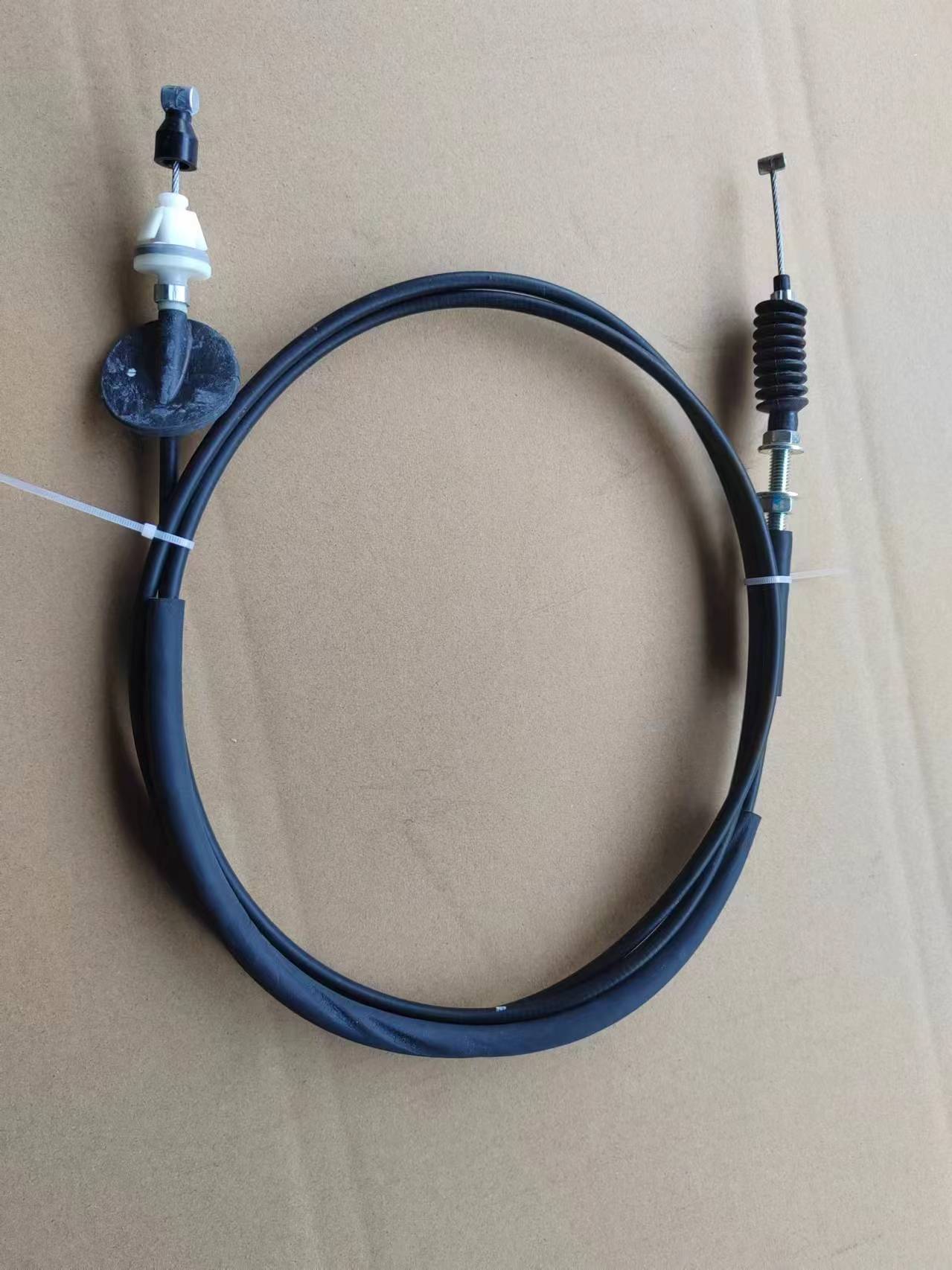gear cables
Understanding Gear Cables An Essential Component of Bicycles
When it comes to bicycles, every component plays a crucial role in ensuring a smooth and efficient riding experience. Among these components, gear cables may not always be at the forefront of cyclists' minds, but they significantly influence how well a bike operates. Whether you are a seasoned cyclist or a casual rider, understanding gear cables is essential for maintaining and enhancing your bike's performance.
What Are Gear Cables?
Gear cables are part of the bicycle's shifting system, responsible for transmitting force from the shifters (located on the handlebars) to the derailleurs (the mechanisms that move the chain between gears). This transmission allows riders to change gears smoothly, adapting to different terrains and conditions. A malfunctioning gear cable can lead to poor gear shifting, which can compromise the riding experience and the bike's overall performance.
How Gear Cables Work
When a rider shifts gears by pulling or pushing the shifter, the gear cable is either tightened or loosened
. This action pulls the derailleur to move the chain onto a different gear. The mechanism might seem simple, but several factors affect the efficiency of gear cables, including their condition, installation, and maintenance.Types of Gear Cables
Gear cables come in various materials and constructions, but the most common ones are made from stainless steel or coated materials that reduce friction. Some cables have extra features, such as weatherproof coatings or specific designs to minimize wear and tear. It's essential to choose the right type of gear cable compatible with your bike's drivetrain system for optimal performance.
gear cables

Importance of Maintenance
Like any part of a bicycle, gear cables require regular maintenance to function correctly. Over time, cables can stretch, fray, or become corroded, leading to issues such as incomplete shifting or slipping gears. To maintain your gear cables, regularly inspect them for signs of wear. Look for frayed ends, rust spots, or kinks. If you notice any of these issues, it's time to replace the cable.
To ensure smooth functioning, lubricating the cables is also important. Use a suitable lubricant to help reduce friction within the housing, making shifting more efficient. Remember, a well-maintained gear cable contributes to a more enjoyable and responsive riding experience.
Replacing Gear Cables
If you find that your gear cables are beyond maintenance, replacing them is a relatively straightforward process but requires careful attention to detail. First, ensure that you have the right tools cable cutters, hex wrenches, a screwdriver, and the new gear cables. Begin by removing the old cables from the shifters and derailleurs. Pay attention to how the old cables are threaded through the housing, as you will want to replicate this during installation.
Once the old cables are removed, insert the new ones through the housing and connect them to both the shifters and derailleurs. Make sure to adjust the tension appropriately to ensure smooth shifting. After installation, it’s a good idea to test the gears multiple times to ensure everything works seamlessly.
Conclusion
Gear cables may seem like a small component of a bicycle, but they play a vital role in the overall functionality and performance of the bike. Understanding how they work, the importance of maintenance, and when to replace them can significantly enhance your ride. Whether you are climbing steep hills or cruising along flat roads, a well-functioning gear cable ensures that you can shift gears effortlessly and enjoy your biking experience to the fullest. By paying attention to this often-overlooked detail, cyclists can ensure a smoother and more enjoyable journey on every ride.
-
Workings of Clutch Pipe and Hose SystemsNewsJun.04,2025
-
The Inner Workings of Hand Brake Cable SystemsNewsJun.04,2025
-
The Secrets of Throttle and Accelerator CablesNewsJun.04,2025
-
The Hidden Lifeline of Your Transmission Gear Shift CablesNewsJun.04,2025
-
Demystifying Gear Cables and Shift LinkagesNewsJun.04,2025
-
Decoding Clutch Line Systems A Comprehensive GuideNewsJun.04,2025
